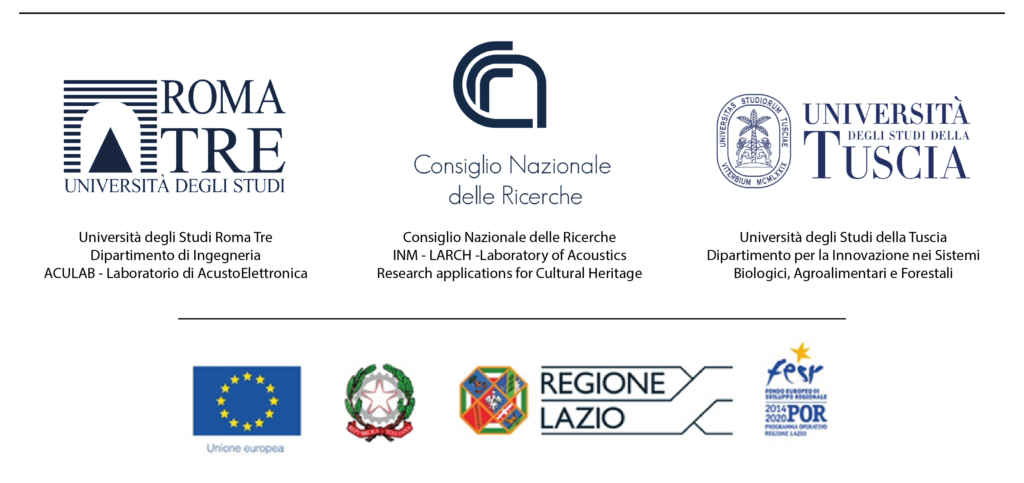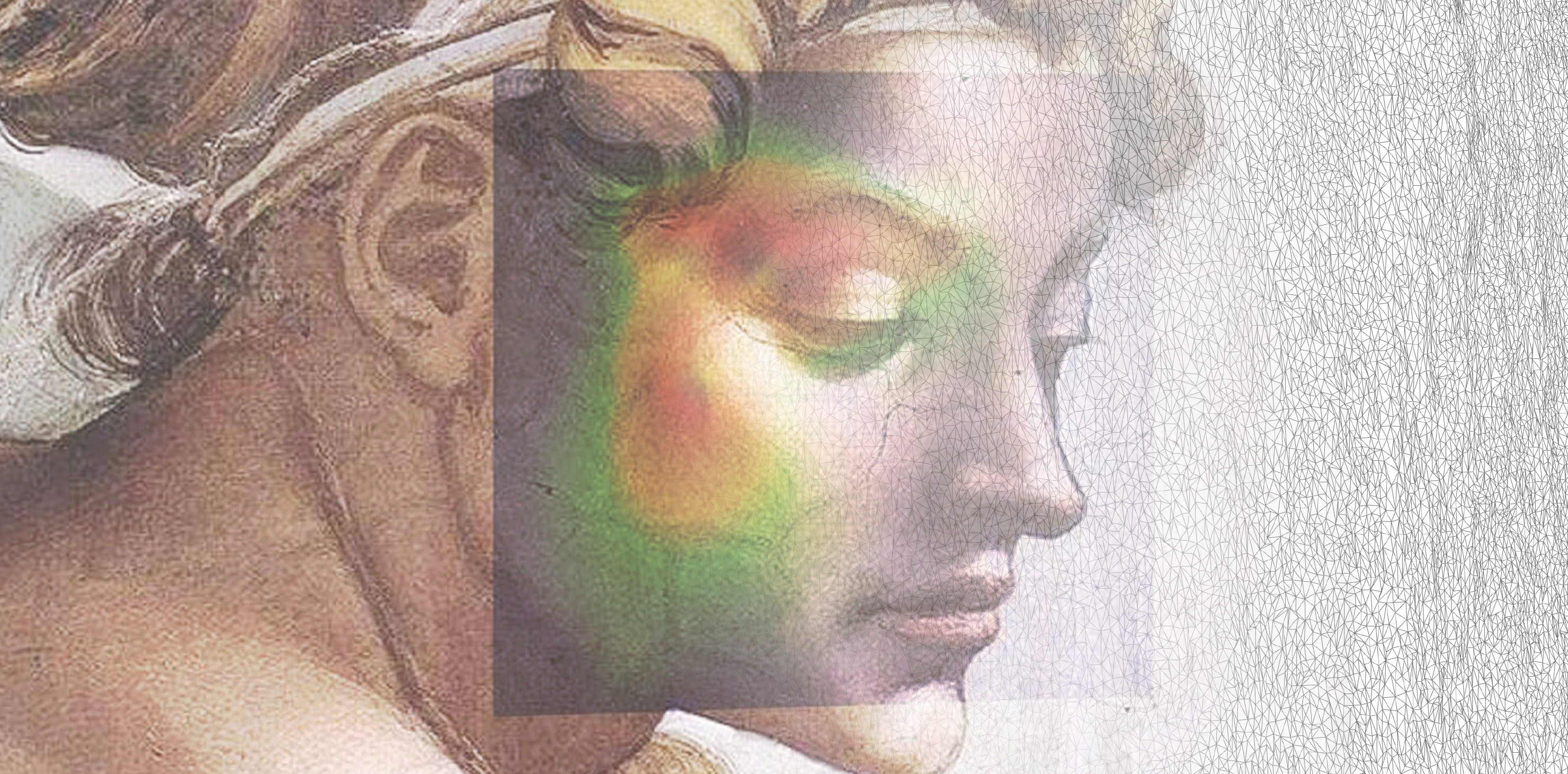
Let’s discover PICUS project!
Low-cost portable system for diagnosing and monitoring defects and detachments in works of art, to assist restorers and conservators
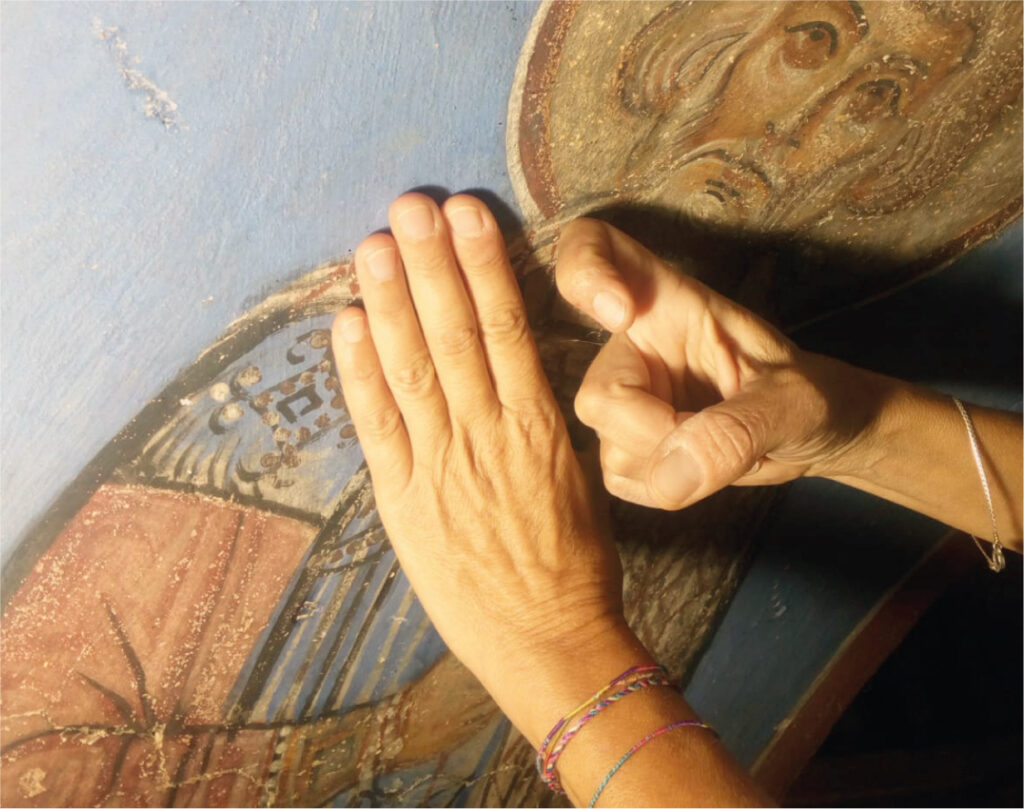
Inspiration
The in situ qualitative analysis of the state of conservation of mortar coverings of ancient structures is necessary to diagnose the causes of deterioration, to plan an intervention and to establish a long-term maintenance program.
Conservators involved in the investigation of detachments between layers of mortar, whether decorated or not, antique and modern, continue to refer to the well-experimented procedure of auscultation, which entails gently knocking the surface with one hand, listening to the sound produced and perceiving the vibration with the other hand. Listen...
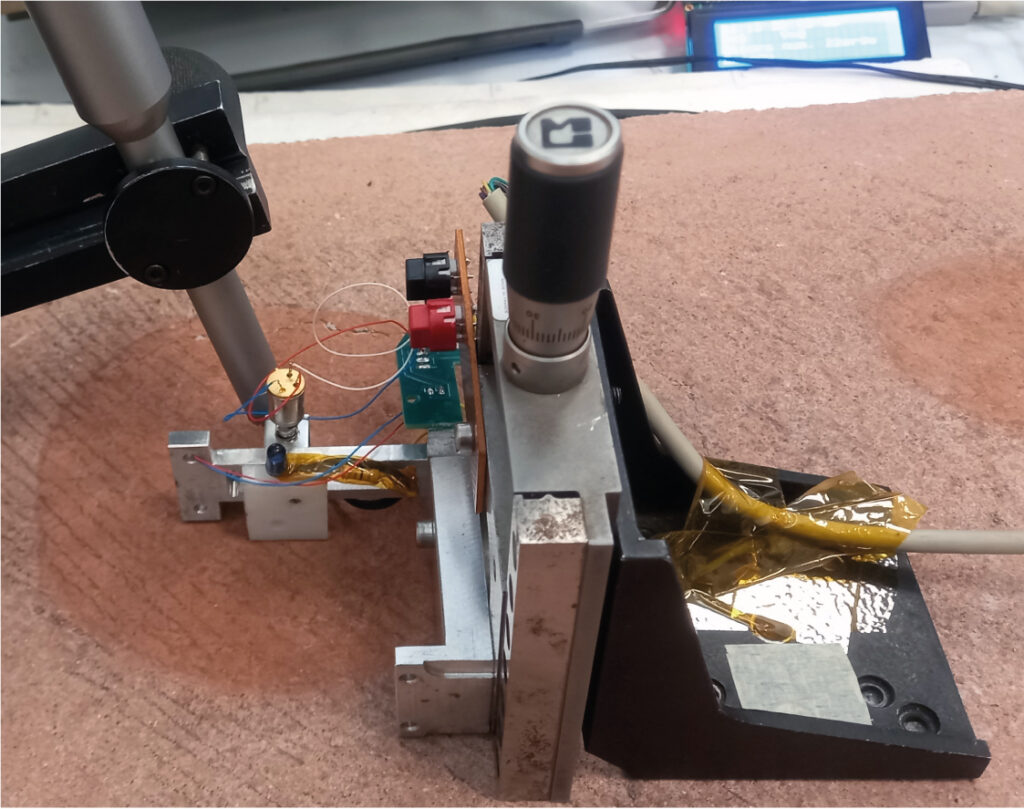
The idea
Inspired by this auscultation method performed by experts in the field of conservation and restoration, PICUS (Latin translation of “woodpecker”) use a probe equipped with a percussor or a system that focuses an acoustic beam that hit the pictorial surface. The system measures the impact force and the recording of the sound generated by the impact and calculates the mathematical parameters that measure the extent of the detachment. A localization system establishes the position in the acquisition plane with the probe. The probe is connected to a low cost electronic board which performs all the operations described.
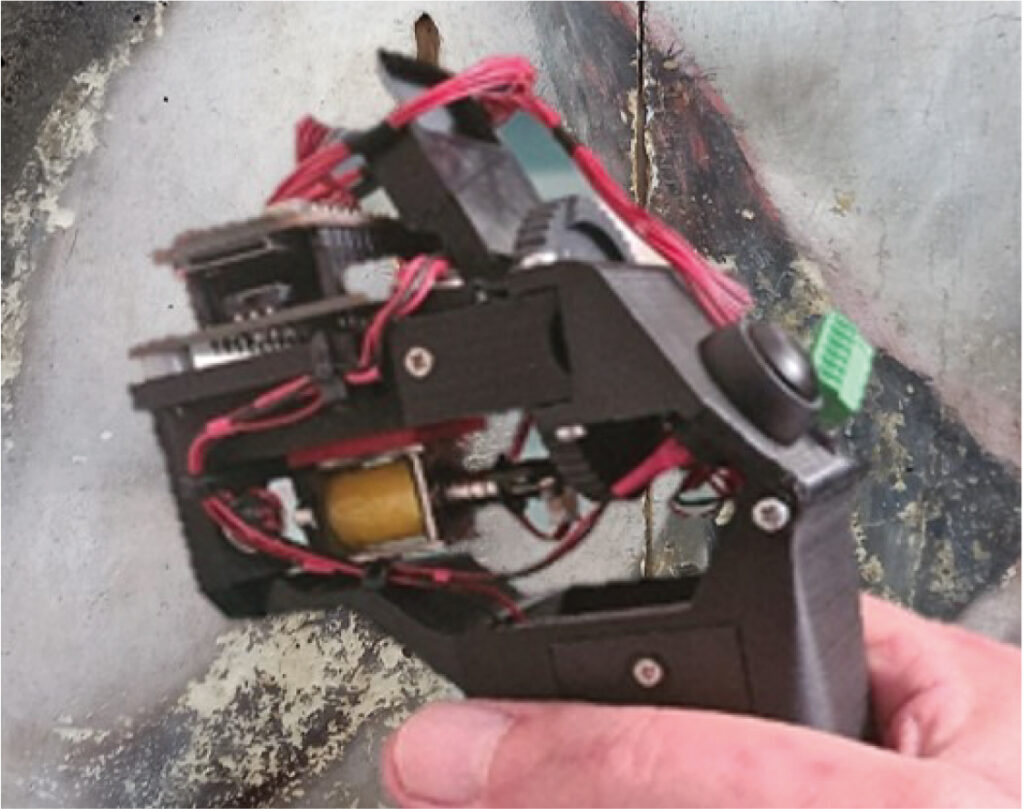
Portable and low cost
The experimental system is intended as a portable and autonomous device (electronic multimeter type) that helps restorers to quickly map the defects of the “insitu” works, allowing not only the diagnosis, but also the monitoring of defects over time. The product has a very low final industrial cost, to allow its widest diffusion in the specialist market of restorers/conservators.
Let’s try PICUS on your Lab!
Book a DEMO
